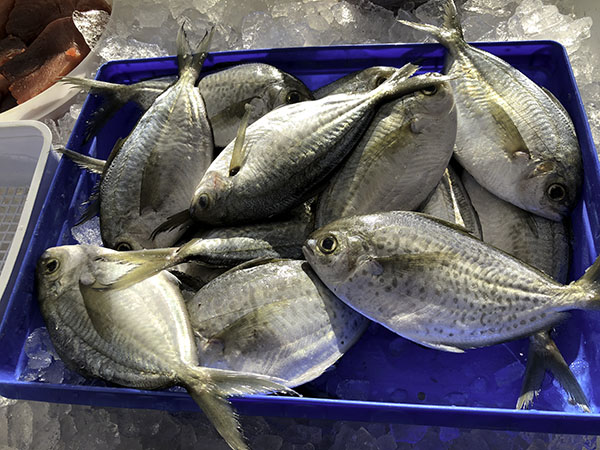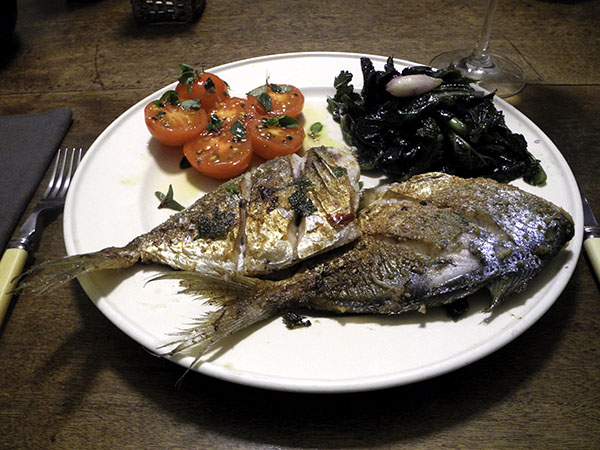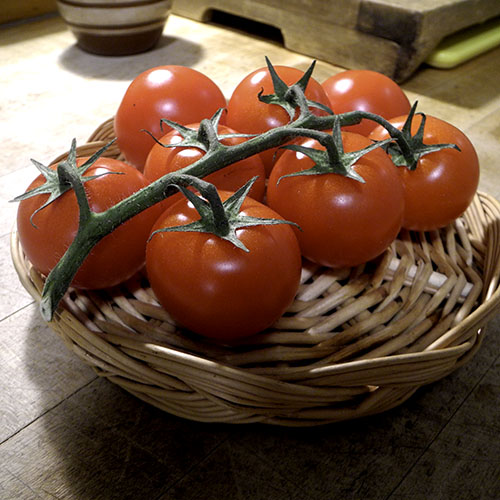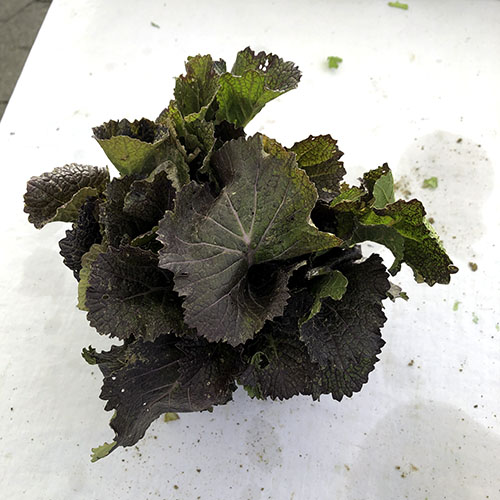
They were beautiful.

And delicious.
Although I did hesitate for a few minutes, wary of some imagined complexity that might be involved in their preparation and/or enjoyment, but I don’t think I could have not bought some of the very fresh whole butterfish I saw at the fish seller’s on Monday: They were gorgeous, and there was also the draw of their being something I had neither ever eaten or cooked.
They were really no trouble at all to prepare, and they were as beautiful on the plates as they were in the buckets at the market. They were also absolutely delicious.
But don’t believe what you may read about their bones being of little concern for diners, unless you manage to find and read this note from Cape Cod’s Community Supported Fisheries before cooking them, as I certainly did not: “The bones and the tail stay in—the bones pull out easily with one clean tug once the fish is cooked, and the crispy tail is, in my opinion, the very best part.”. I’ll know next time.
This recipe found on line was my starting point for preparing the butterfish Saturday night.
- four 8-ounce whole uncleaned butterfish from PE. & D.D. Seafood, rinsed, drained, cut diagonally from the back of the head toward the belly, in doing so removing most of the guts, while opening the body cavity, and allowing the remaining guts to be wiped out with both fingers and a rinse of running water, then dried and 2 deep diagonal cuts made to each side before they were brushed with a mixture of olive oil, zest and some juice from an organic Whole Foods Market, lemon, chopped parsley from Paffenroth Farm, and some crushed dried red shishito pepper from Lani’s Farm, seasoned, also on both sides, with sea salt and freshly-ground black pepper, dusted lightly with a local Greenmarket-purchased whole wheat flour from The Blew family of Oak Grove Plantation in Pittstown, N.J., sautéed in a hot enameled cast iron pan in about 3 tablespoons of a mix of olive oil and butter for about 3 minutes each side, or until cooked through

- six halved Backyard Farms Maine ‘cocktail tomatoes’ from Whole Foods Market, seasoned with sea salt and freshly-ground black pepper, heated gently face down, then turned, inside a medium size heavy copper skillet, sprinkled with whole oregano leaves from Stokes Farm

- a beautiful bunch or late season outdoors-grown flat-leaf red mustard greens from Lani’s Farm (they were beautiful and seemed just a little ‘savage’, the latter adjective made quite real while I was rinsing them in roughly 10 changes[!] of water to get the soil off the leaves), wilted inside a large enameled cast iron pot in a little olive oil in which 3 bruised cloves of Keith’s Farm rocambole garlic had been allowed to sweat, seasoned with sea salt, black pepper, finished on the plates with a drizzle of olive oil
- the wine was a California (Russian River Valley) white, DRG Daryl Groom Russian River Valley Chardonnay 2017, from Naked Wines
- the music was a ‘modern’ (1829) version by a 20-year-old Felix Mendelssohn of Handel’s 1718 opera, ‘Acis And Galatea’, a chamber pastorale on an English text of John Gay and Alexander Pope; Mendelssohn’s sister Fanny supplied the German translation and her brother “..enlarged the size of the orchestra by the addition of two clarinets, flutes, trumpets, bassoons, and horns each, as well as adding both timpani and violas. The strings took the part of the simple Cannons continuo, and the young composer was quite creative in reallocating parts for greater variety and his period’s own dramatic sensibilities.” – from the album notes)